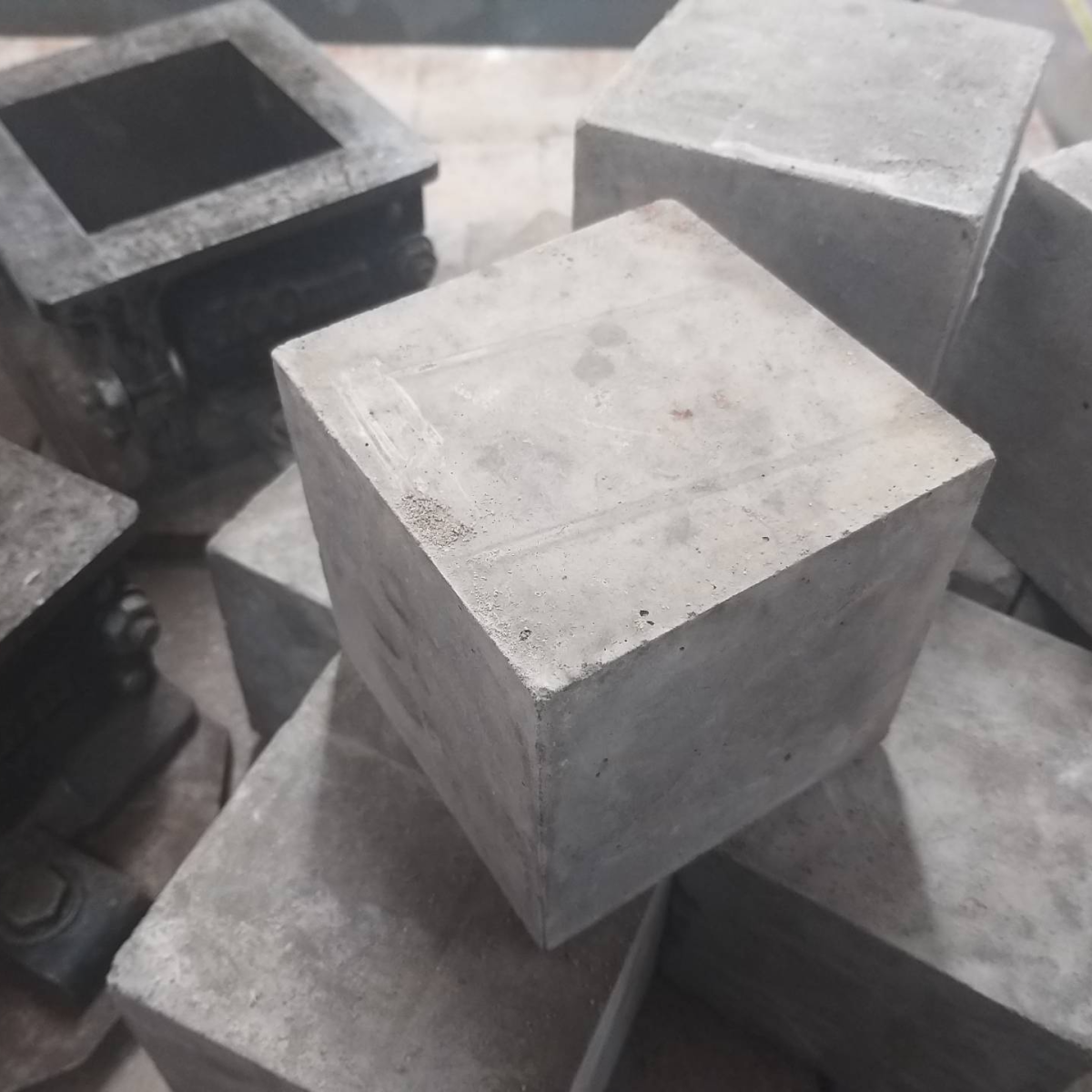
Determining the Health of a Structure
Case studies
Information
Determining the health of a structure is key in determining its longevity and future proofing its existence.
Kiwa was involved in the testing of construction materials in an existing 1970’s Nottingham-based property, to assess its future use as student accommodation.
We took specified concrete core samples from locations around the building to determine the strength of the existing concrete walls in accordance with BS EN 12504-1:2019. The core samples were then tested in our laboratory and analysed for physical compressive strength, using an unconfined Compressive Strength Test. The material samples were also tested for chemical composition detailing the sulphate, chloride and alkaline contents, and presence of HAC (High Alumina Cement).
Findings were reported to the client within 5 days of the testing taking place. A petrographic study of the samples was carried out on the constituent make-up of the materials to determine material structure and to identify any imperfections or concerns. Contamination and Asbestos Testing were also carried out as instructed by the client.
Some interior surfaces were painted. Samples were taken to assess composition to test for risk to public health.
If the sample results were good, then this would allow the client to proceed with the next phase of the project uninterrupted. Should any findings from the physical, chemical or petrography testing indicate concern then this would lead to increased project costs for building repair and even at worst the potential demolition of the building.
The actual findings reported by Kiwa CMT to the client gave confidence, and the prompt turnaround of the reporting removed delays and additional costs to the project. The client is now proud to offer the building upgrade as a home to 116 students whilst future proofing the historic built landscape of the city.
